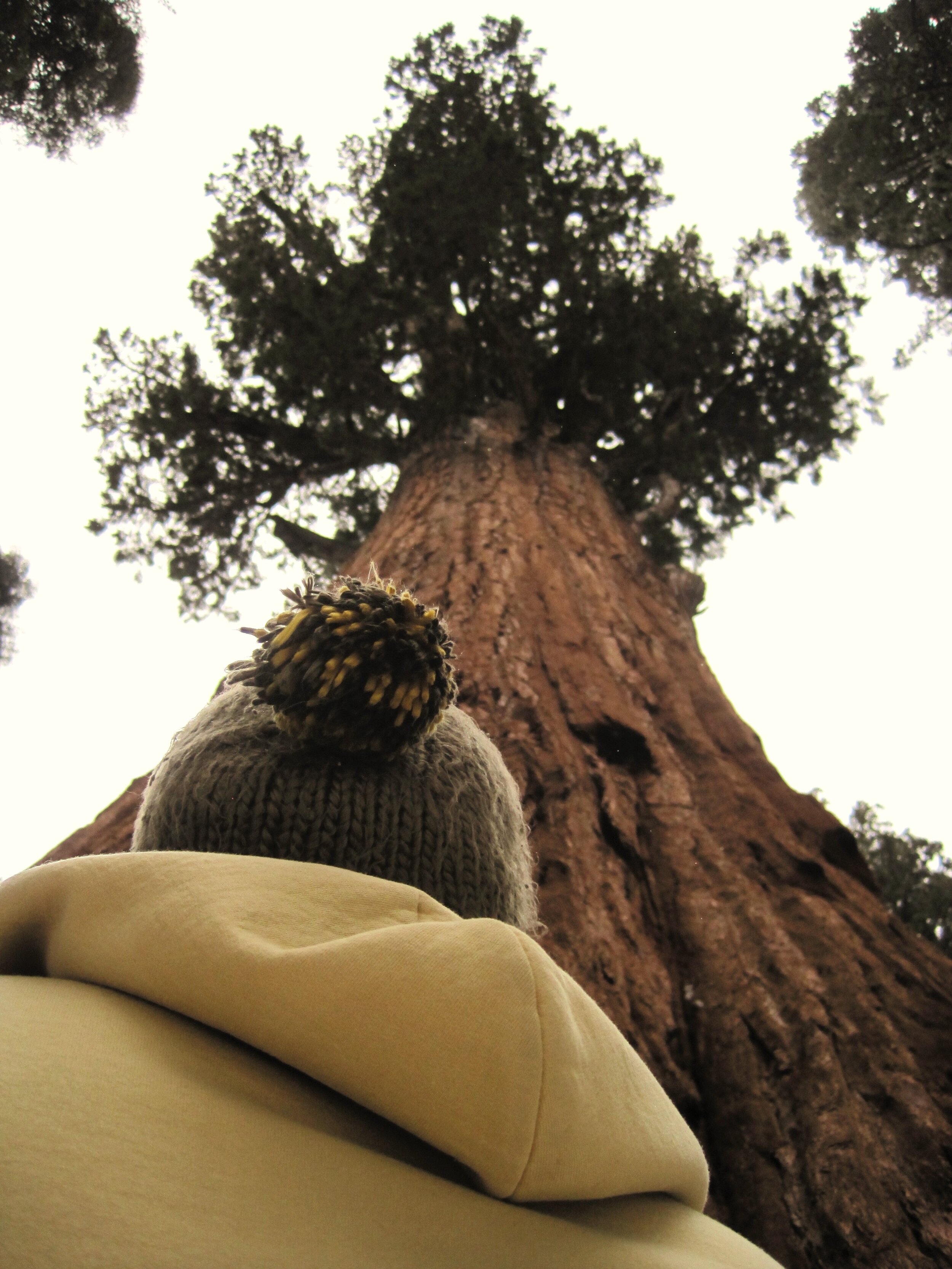















Your Custom Text Here
Park Number: 15/63
First Visited: March 5, 2011
“I take great interest in trees—interest, more specifically, in the details that go unnoticed. Aspen trees, for example, look an innocent and mundane enough timber—except, of course, in their fall foliage—but beneath the surface, quite literally, a different story is being told. Aspen trees have a communal root system: water and nutrients extracted from the soil are shared holistically by the grove. This is why, in the fall, each tree changes hue in unison with the brothers and sisters surrounding it—a series of seemingly independent trees rising together.
As another example, Joshua trees, when uninhibited, grow in pillar shapes. It’s when a Joshua tree freezes that a blossom can occur, and when a Joshua tree blossoms, it causes the tree to split and grow in two separate directions. Trunks that support myriad branches have likely frozen and blossomed just as many times. This, to the bewildered observer, is a sight often unrecognized as the result of shock and discomfort, growth and change.
Lastly, sequoias are among the most diligent trees on the planet: insects don’t weaken them; fungus does not infect them; fire rarely kills them. They are gods among saplings, the monarchs of the forest. But, although strong and mighty, they are nurturing. Sequoias bring life to the whole forest—from the tiny clover to the formidable fir. And when a sequoia does finally fall, it is not uncommon for multiple other trees to grow out of its corpse and live off the lasting legacy now dissolving back in to the dirt.
This is not a book about biology or ecology, nor is this a book endorsing the hugging of dendrites or advocating the protection of the planet. This is a coming-of-age collection of non-chronological essays depicting my struggle through the simple act of being alive, coexisting, and growing out of a common chaos—memoir in staccato. These essays are the metaphorical love letters I never sent to all the complex facets of life that often go unnoticed and underappreciated—root systems, growth patterns, necessary decay. But I’m sending them now.
I’m sending them in the realization that this book is precisely about autobiographical biology, esoteric ecology, and protecting all that sustains our storytelling: bark, feather, and fur. Because we are all trees. And, like a hard freeze before a beautiful blossom, we need communal stories to branch out beyond our uniform comfort zones; we need communal stories to rise like future kings and queens from the royalty that reared us.
So, taking stock in the therapeutic power of prose, consider this an invitation to share these very roots . . . and grow with me. “
—Introduction to the book A Field Guide to Losing Your Friends
Sequoia is ancestral lands to the Monache (Western Mono) Tribe.
*Several images on this page by Steve Witmer
Park Number: 15/63
First Visited: March 5, 2011
“I take great interest in trees—interest, more specifically, in the details that go unnoticed. Aspen trees, for example, look an innocent and mundane enough timber—except, of course, in their fall foliage—but beneath the surface, quite literally, a different story is being told. Aspen trees have a communal root system: water and nutrients extracted from the soil are shared holistically by the grove. This is why, in the fall, each tree changes hue in unison with the brothers and sisters surrounding it—a series of seemingly independent trees rising together.
As another example, Joshua trees, when uninhibited, grow in pillar shapes. It’s when a Joshua tree freezes that a blossom can occur, and when a Joshua tree blossoms, it causes the tree to split and grow in two separate directions. Trunks that support myriad branches have likely frozen and blossomed just as many times. This, to the bewildered observer, is a sight often unrecognized as the result of shock and discomfort, growth and change.
Lastly, sequoias are among the most diligent trees on the planet: insects don’t weaken them; fungus does not infect them; fire rarely kills them. They are gods among saplings, the monarchs of the forest. But, although strong and mighty, they are nurturing. Sequoias bring life to the whole forest—from the tiny clover to the formidable fir. And when a sequoia does finally fall, it is not uncommon for multiple other trees to grow out of its corpse and live off the lasting legacy now dissolving back in to the dirt.
This is not a book about biology or ecology, nor is this a book endorsing the hugging of dendrites or advocating the protection of the planet. This is a coming-of-age collection of non-chronological essays depicting my struggle through the simple act of being alive, coexisting, and growing out of a common chaos—memoir in staccato. These essays are the metaphorical love letters I never sent to all the complex facets of life that often go unnoticed and underappreciated—root systems, growth patterns, necessary decay. But I’m sending them now.
I’m sending them in the realization that this book is precisely about autobiographical biology, esoteric ecology, and protecting all that sustains our storytelling: bark, feather, and fur. Because we are all trees. And, like a hard freeze before a beautiful blossom, we need communal stories to branch out beyond our uniform comfort zones; we need communal stories to rise like future kings and queens from the royalty that reared us.
So, taking stock in the therapeutic power of prose, consider this an invitation to share these very roots . . . and grow with me. “
—Introduction to the book A Field Guide to Losing Your Friends
Sequoia is ancestral lands to the Monache (Western Mono) Tribe.
*Several images on this page by Steve Witmer